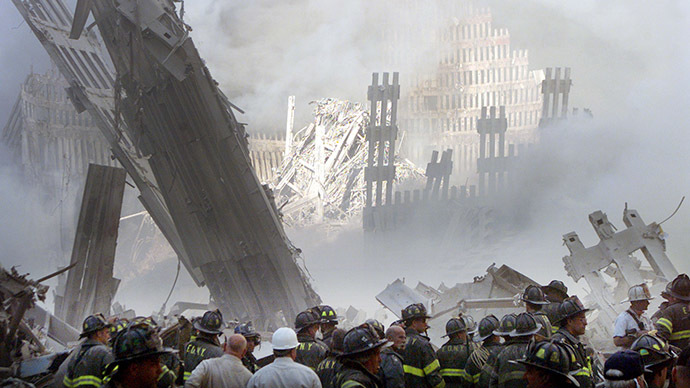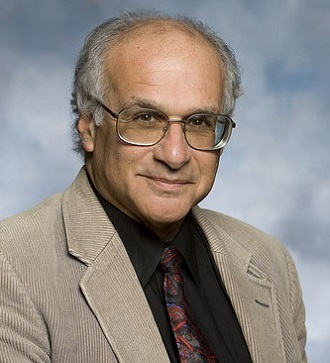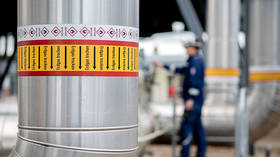Scientist who studied health effects of 9/11 dust dies at 68

Paul James Lioy, an environmental scientist known for his work on the health effects of dust produced by the World Trade Center disaster on September 11, 2001, died this week after collapsing at Newark Liberty International Airport. He was 68 years old.

Lioy was an internationally renowned authority on exposure
science. He received two lifetime achievement awards for his work
– the Wesolowski Award from the International Society of Exposure
Analysis and the Frank Chambers Award from the Air and Waste
Management Association. He also authored the book ‘Dust: The
Inside Story of its Role in the September 11th Aftermath.’ He was
also a professor of environmental and occupational health and
vice chair of the Department of Environmental Medicine at the
Rutgers University School of Public Health in New Jersey,
according to the university’s website.
In the field of exposure science, Lioy specialized in toxins and pollutants affecting both the environment and occupational health.
The cause of his death has not yet been determined, his wife Jean Lioy told the New York Times.
Having witnessed dust rising from the ruins of the World Trade Center from his home in Cranford, New Jersey, Lioy became one of the first scientists to gather and test samples from the site.
“It was unprecedented in terms of the complex characteristics of the materials released,” Lioy told USA Today in 2011.
The tests showed the presence of substances such as mercury, lead, jet fuel, plastic, glass, asbestos and concrete. The dust was also found to be linked to long-term health concerns, such as a persistent cough experienced by some police officers, residents and firefighters.
“In the first 48 hours, the government was concerned about asbestos being the primary threat,” Lioy said in an interview on the Rutgers website in 2011. “But it was not. Asbestos exposure is a long-term problem. Once the ‘World Trade Center cough’ started appearing, we realized it wasn’t caused by asbestos.”
“First, cement dust was very alkaline ‒ the pH was above 10,” he said. “That irritated the linings of the lungs. Second, glass fibers got stuck in people’s upper airways, like wooden logs in a narrow stream. That trapped the cement particles and enhanced the irritation. And there were very coarse particles that comprised the vast quantity of the dust mass. Previous exposure studies didn’t prepare us to recognize and work with such particles”
Lioy was born on May 27, 1947, in Passaic, New Jersey. He received a BA in physics and education from Montclair State College, an MS in physics and applied mathematics from Auburn University in Alabama, and a doctoral degree in environmental science from Rutgers University.
He is survived by his wife Jean, whom he married in 1971, and his son Jason, as well as two grandchildren.












